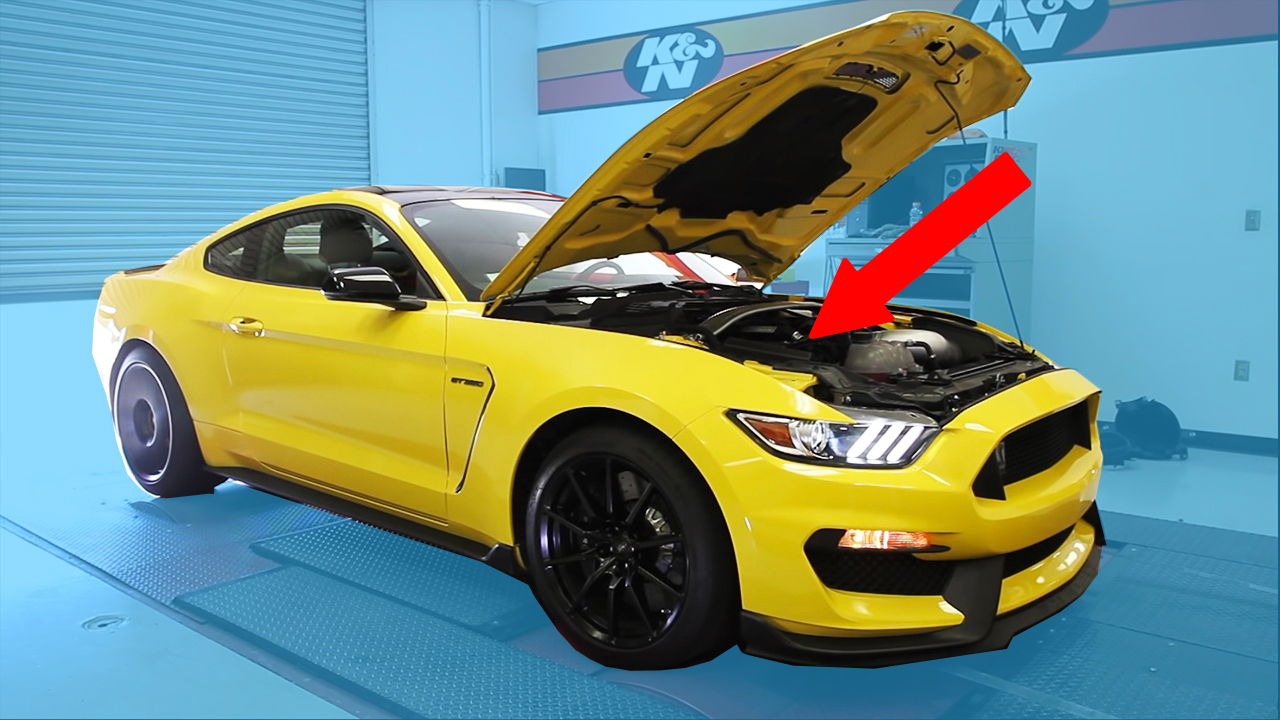- Torque and horsepower are both ways of understanding force where torque measures the capacity of a force to twist an object and horsepower measures that capacity over time.
- Dynamometers are instruments that measure torque. Once torque is obtained, you simply have to apply it to a formula to obtain horsepower.
- For a deeper dive into torque and horsepower, and how car manufacturers measure the two, watch the video below.
- Visit Business Insider’s homepage for more stories.
Following is a transcript of the video.
This car is spinning up to a whopping 8,200 revolutions per minute. At 8,200 rpm, it screams. It’s a Ford Mustang GT350, and though its wheels are spinning at what should carry the car to 140 mph, it’s obviously not moving anywhere. But what you’re seeing is an important test that helps us understand what the car is capable of and, in this case, could even help Ford decide how much they could sell it for.
It’s impossible to watch a car commercial without seeing torque and horsepower numbers.
Commercial: Bred to deliver 412 horsepower and 390 foot-pounds of torque.
Narrator: Car manufacturers would have you believe higher horsepower and torque translate to "faster" and "stronger." That's not exactly true. What those two numbers do, more precisely, is give us an idea of what a car is capable of in different road situations without having to see the car in person.
Before we examine how horsepower and torque are measured, let's break down what they are.
Simply put, torque is the capacity of a force to twist something. Think of a torque wrench, where you fit the mouth of the wrench to a bolt and push down on the handle. The wrench's ability to turn the bolt is torque. The same exact twisting action is happening inside of a car engine, except, this time, instead of your hand and arm pushing down on the handle, tiny explosions happen inside each engine cylinder, pushing a piston down that causes the crankshaft to rotate. No hands required! Torque!
The harder this piston pushes on the crankshaft, the harder the crankshaft spins, the more total energy a car's engine puts out. So, to recap, in the case of our car, torque is how much force an engine produces. How does horsepower relate? Well, if torque is how much force an engine produces, horsepower is how quickly it can produce that force.
So, we have a bunch of horsepower. What can we do with it? If we have, say, 5 horsepower, we'll have enough to move a 2,750-pound car one foot in one second, given weight and power are the only two factors. If we had a heavier car, we would need more horsepower to move it one foot. So, how exactly does one measure torque and horsepower?
Well, engineers use a device called a dynamometer, of which there are a couple of types. This dynamometer, called a chassis dynamometer, is a treadmill of sorts for cars. Here, the car's wheels sit on a roller that lets the wheels spin without causing the car to go anywhere. Various amounts of weight, or load, are applied to the car using straps. With the car chained down, an engineer pushes on the gas pedal to see how the car interacts with each load at a different rpm. The dynamometer outputs a chart that looks like this. On it, two lines are plotted: a line for torque and another for horsepower. Peak torque is where the engine produced the most force. Peak horsepower is where the engine produced the most force the most quickly. The figures for torque and horsepower that are put on dealership stat sheets and in commercials are, generally, the numbers at the peak of each of these lines.
While big torque and horsepower numbers on a stat sheet surely are impressive, they only clue a new car buyer into a couple of many facets of a car's personality. Those numbers, though, are still the best ones we've got of telling how capable a car really is.
